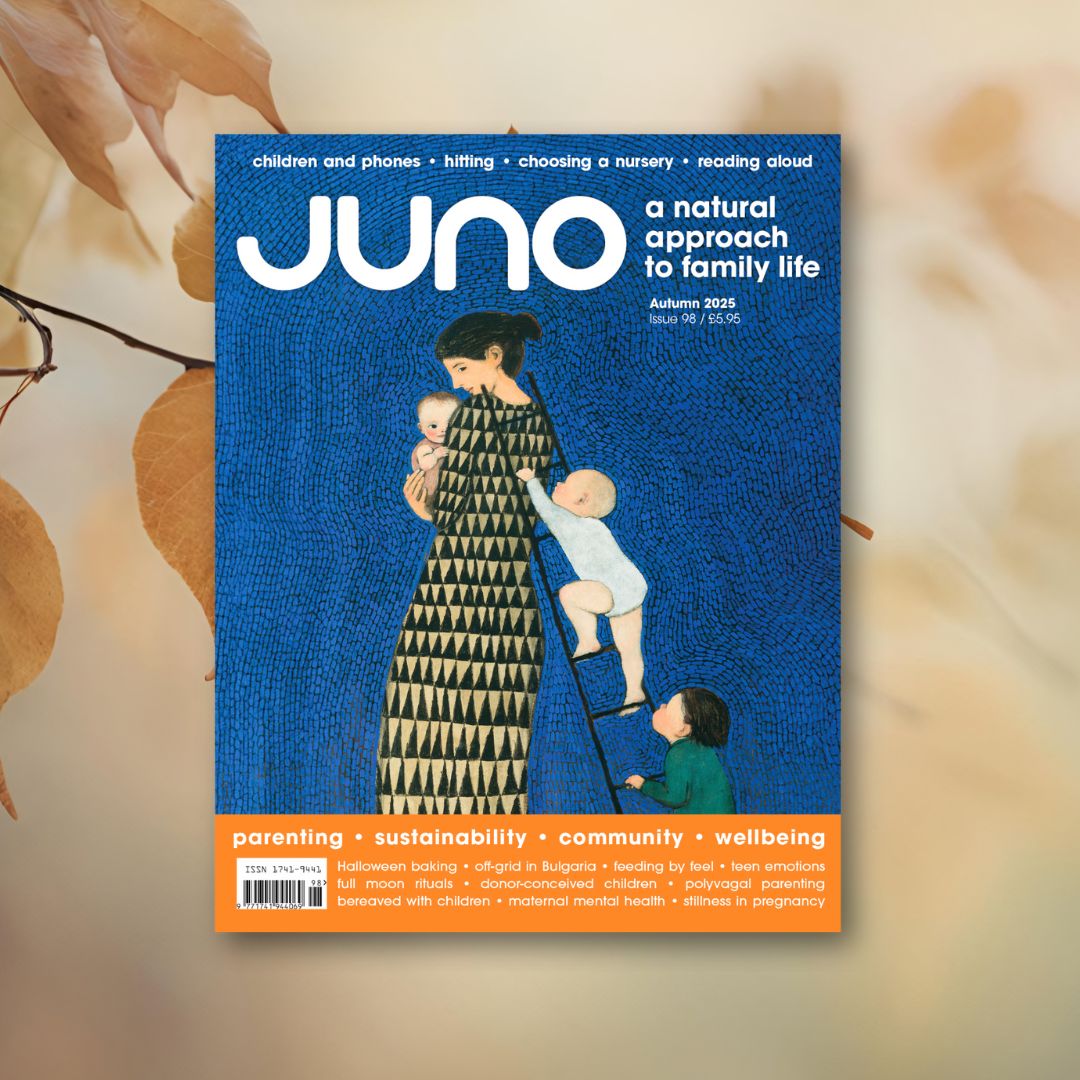When we hear about childhood in Denmark, it is often with descriptions of children dressed in rain suits, freely exploring woodlands and whittling with sharp knives beside campfires. There are stories of babies peacefully sleeping in prams, unfazed by snow and subzero temperatures. It’s all true. Danish children are renowned for their deep connection to the outdoors. Time spent out in all weathers is a fundamental aspect of their upbringing. Yet, amid these wonderful and freezing experiences, another (warmer) backdrop to Danish childhood exists: public libraries.
In England, visits to the local library with my children were brief. We’d dash in, attend a rhyme time session, select a couple of books, and be out the door within 20 minutes. Any need for a snack or a run about prompted a swift exit, and there might have been somewhere to change a nappy, but I never found it.
We relocated to Denmark from the UK three years ago due to my husband’s work, and at the time, I looked after our two children full time. With a crawling 9-month-old and a very active 4-year-old in tow, we were ready to explore all the options our new town had to offer. So, one rainy day about a week after we moved, we stepped into our local library and I was completely taken aback by what we found. Since then, we have explored at least three more libraries nearby, all different, but all just as exciting.
Here are a few reasons why I love Danish libraries:
-
No need to whisper: the children’s area is large and separated from the rest of the library. Like most things in Denmark, it has been impeccably designed with children in mind. There are areas for hiding, climbing, jumping and resting, and a generous selection of open-ended toys to fuel imaginative play and spark friendships.
-
Is it snack time yet? Yes, bring all the snacks. There are tables with chairs and high chairs, bins for recycling and food waste, and cloths, spray and dustpans for cleaning up after yourself. For breastfeeding mums there are plenty of comfy sofas and a quiet room with a feeding pillow for those who need a little peace.
-
Make yourself at home: there is a dedicated place to leave your pram and a whole area to take off shoes, hang coats and store bags. The library welcomes you to settle in and make yourself comfortable. You can change a nappy in the changing room, and there’s space to push your pram in with you if you need to.
-
Children’s independence: in the children’s area, everything is within reach: bookshelves and tables are low, and the book checkout station can be lowered to allow even the smallest child to check out their own books. Every detail fosters children’s agency, right down to the child-sized toilet and sink in the bathroom.
- It’s not all about the books: there are a lot of great books, and we were very happy to find a good selection of English books, but you can also borrow puzzles, board games and surprise bags that are tailored for different ages. And if it’s your child’s birthday, you can book a space for free to throw them a party – you just need to bring your own cake.
I am currently writing this in the library at the only free table I could find. On the way in, I met my neighbour and waved to her as she returned some books. As I sit here now, I can hear the distant playing of the piano. It sits towards the back, tuned and ready for anyone to play. I can also hear a group of students chatting nearby. On an armchair, there sits a stylish older man reading a newspaper, and beside him there is a table reserved for a Danish language class. At the entrance, I can see a woman who has wheeled in a pram filled with empty cans and bottles. In Denmark, you pay a deposit for most canned and bottled drinks and you get the deposit back by returning them to the shop empty. She is likely using the library as a place to rest before she goes out and looks for more.
Danish libraries are vibrant social and cultural spaces that play a vital role in creating an equal society. They are a refuge for children and parents – rain suits are taken off and the stay definitely lasts longer than 20 minutes – but they also serve the rest of society, promoting equality and inclusivity. They provide an important warm space for those who need it in the winter months, staying open most days until 9pm. When my family and I move back to the UK this summer, we will undoubtedly miss the Danish libraries, but I feel a new sense of inspiration to bond with British libraries and aim to spend a little more time exploring them. I have learned that a library’s purpose can go far beyond just book borrowing and, in a cost of living crisis, a library can hold a community together. It’s a place where no one is a consumer and everyone can feel welcome.
____
Florrie Cassell is an early childhood educator from England living in Denmark. She is currently conducting a masters research project at UCL in the Department of Learning and Leadership. She specialises in early childhood, Waldorf education, and in cultural differences that can be observed in approaches to raising children. She also organises Lifeways, a Waldorf family week at Emerson College in East Sussex. On Instagram @manychildhoods and @lifewaysweek and on Facebook @lifewaysweek
____
Published in issue 90. Accurate at the time this issue went to print.







